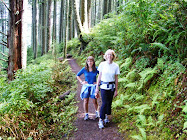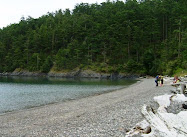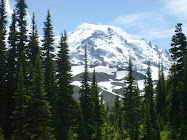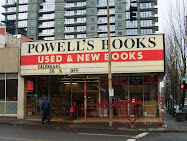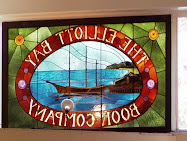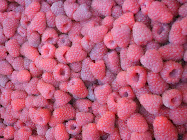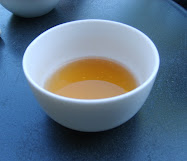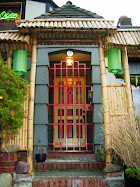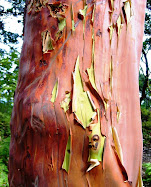
Don’t you agree that a life full of contrasts is ultimately most satisfying?
In this spirit, I follow my swinging pendulum of interests, which today points to the visual arts instead of my more usual outdoorsy bent. (Occasionally even I forget that I have an art history degree.)
My destination is the Fleeting Beauty: Japanese Woodblock Prints exhibit at the Seattle Asian Art Museum. This show features exquisite examples of prints from the eighteenth and nineteenth centuries, before the influence of western culture seeped into everyday Japanese life.
Tucked up in historic Volunteer Park on north Capitol Hill, the SAAM (as opposed to SAM on First Avenue in downtown Seattle) is one of Seattle’s architectural and artistic treasures. The clean lines of the original Seattle Art Museum’s Art Deco façade contrast sharply with the voluptuous mature horse chestnut trees and rhododendrons in the park. The overall effect reminds me of an eccentric English countryside manor set in rambling grounds, complete with a glass conservatory full of exotic plants.


And of course there’s that great view as you stand at the museum entrance looking west. The Olympic Mountains loom like an upended serrated knife on the western horizon beyond Puget Sound, the Space Needle, an old reservoir in the park, and the famous Isamu Noguchi Black Sun sculpture (commonly called the black donut).

I pass through the lovely wrought-iron entry doors and pay what I think is a bargain ($7) donation fee compared to many metropolitan museums. Although most of the galleries are small compared to bigger, high-ceiling museums, the scale is intimate and inviting.


Fleeting Beauty encompasses several galleries in the interior of the museum, with rich goldenrod-colored walls setting off the many fine woodblock prints. The exhibit theme is ukiyo-e, which translates to “floating world,” and thus captures images of fleeting beauty such as seasonal landscapes, kabuki theater actors, and famous geishas— things apart from mundane and everyday life.
Among the prints on display are several well-known images of Mount Fuji by master print artist Katsushika Hokusai from his series Thirty-Six Views of Mount Fuji (except this series contains over 46 views of the iconic mountain). Two of Hokusai’s “greatest hits”—The Wall of the Wave off Kanagawa and Red Fuji are here in fine form. SAAM is fortunate to have these as part of their permanent collection. (Taking photos are not allowed in the exhibit, so I snapped a reproduction in the art education exhibit.)

As I study the carefully, beautifully rendered prints of times, people, and places long past, I remember a term from the Japanese Art History course I took in college that perfectly captures what I’m feeling: mono no aware. I experience this beauty with an awareness of the transience of all things, and hint of pathos at their passing.
 Ultimately mono no aware, and the art and culture of Japan, is rooted in Zen Buddhism and refers to the fleeting nature of beauty, which is all the more sharply sweet because of its impermanence.
Ultimately mono no aware, and the art and culture of Japan, is rooted in Zen Buddhism and refers to the fleeting nature of beauty, which is all the more sharply sweet because of its impermanence. Fortunately for us, the beauty of this art is still available and in good care at SAAM.
When You Go
Here is a map of where the SAAM is located. The museum is closed on Mondays and Tuesdays, but is open until 9 pm on Thursdays. Normal hours are 10 a.m. until 5 p.m. Parking is free! But then, so is bicycling. The Fleeting Beauty show runs until July 4, 2010.

























